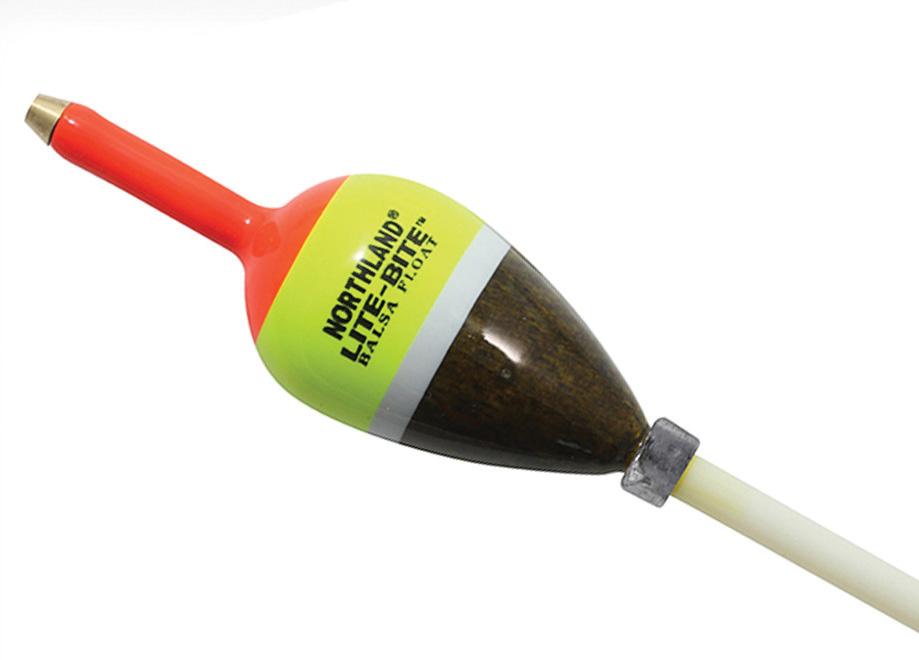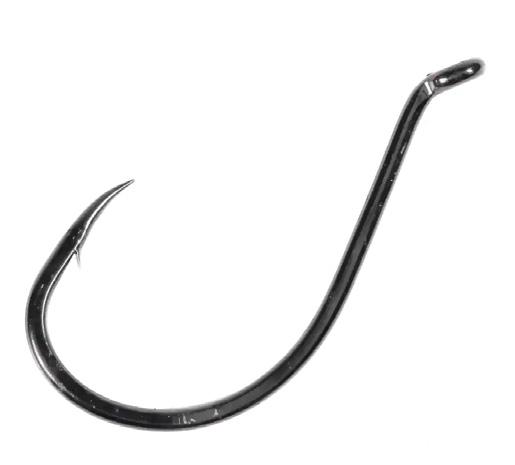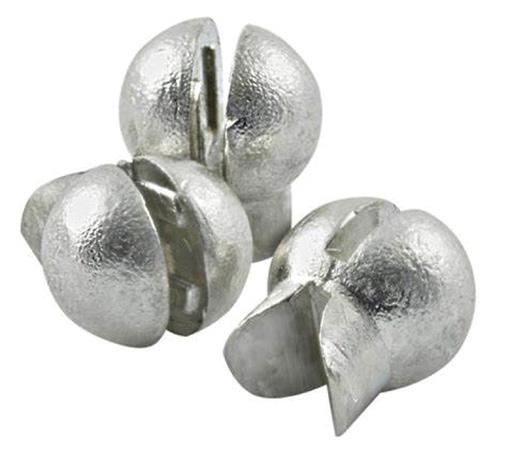
3 minute read
DEEP WATER
AS MOST ANGLERS know, walleye have light-sensitive eyes and therefore avoid bright sunlight by holding in deeper water. So when the conditions are both calm and sunny, the fish will move into slightly deeper water than usual. Under wavy conditions, for example, you might catch walleye along a sandbar, submerged island or ledge in 15 to 18 feet of water. But when the water is flat and it’s sunny out, you typically need to slide out deeper into the 25-foot range at those same locations. As you move deeper, be sure to watch your sonar to locate fish and bait fish relating to the structure.
When the fish are deeper like this on calm days, one of my favou rite tactics is to anchor above them and drop down a small, leechtipped jig. The jig should have just enough weight to get the leech down to the bottom without impeding its action, letting it wiggle freely. If you don’t have leeches, tip your jigs with min nows; if the walleye keep stealing your bait, use half minnows.
Advertisement
There are two ways to present your bait when jigging vertically. First, you can smoothly lift and drop your offering, all while main taining a tight line. This keeps you in full contact with your jig, and lets you set the hook the moment you feel any resistance. When maintaining a tight line like this, you can also lift then pause, suspending the jig off the bottom to trigger strikes. This presentation works well when you know there are fish directly below you.
The second jigging option is to sharply flip your jig upwards in the water column, then let it free fall. This lively presentation can attract upswing motion.
With both techniques, hold your rod with the tip pointing downwards. This helps you detect strikes, as well as give you plenty of room to set the hook. If you find it awkward to do this while sitting, try using a raised pedestal seat or fish while standing up. When standing, I find it easier to position myself right up against the gunnel in order to get my fishing rod on
Depth Danger
WHEN FISHING DEEPER water than usual, remember that walleye are susceptible to deadly barotrauma due to the rapid pressure change. Fish caught below approximately 35 feet have a low survival rate if released, so be prepared to keep all the fish you catch—up to your limit, of course. Either that, or find a shallower spot to fish (see “Shallow water,” page 50).

the downward angle.
Also, keep in mind that not all walleye jigs are created equal. For vertical jigging, you want a longshanked jig, with the line tie at 90-degrees from the shank (as pictured). This tie-on position helps your jig sit horizontally, which is ideal. The longer shank, the further the hook enters the fish’s mouth when it takes your bait. That in turn gives you a better hookset when you’re pulling straight up. If you find you’re still missing fish with a long-shank because they’re biting short, try adding a stinger hook.
For this deep jigging, I like to use a six-foot medium-action rod with a fast tip. The shorter rod makes it easier to fish with the tip down, while the fast tip helps detect light bites. The medium-action, meanwhile, makes for solid hooksets and provides enough back bone to pull fish straight up from the bottom.

ON CALM, SUNNY days, walleye may also move into weedy areas, seeking shade for their light-sensitive eyes. They also use the shadows and weed cover to hunt, darting out to grab a quick meal as baitfish and other aquatic creatures swim through the openings or along the edges.
The key to fishing weedbeds, therefore, is to run your offering over the tops or along the edges. As much as I’ve tried to fish over weedbeds, I still seem to find myself fishing too deep and getting snagged. To avoid that, I now use a slipbobber rig to suspend my lure and bait just above the bed, where it’s visible to fish but doesn’t get fouled.
When fishing slip bobbers, I hook my liveliest leeches on either a 1⁄16ounce jig or a size 6 octopus hook with a couple of small splitshot just above it. The key is to add enough weight so that the slip bobber remains neutrally buoyant, with most of it submerged. That way, the fish won’t feel resistance when taking the bait, but you’ll still see the bobber move.
When your bobber does go down, reel in the slack and set the hook. The same goes if your bobber simply falls over on its side. Why? When walleye take a leech over a weedbed, they’ll often grab it and continue swimming upwards for a moment. When that happens, the slip bobber falls over before the fish eventually pulls it under. So if you see that happen, it’s also time to set the hook.














